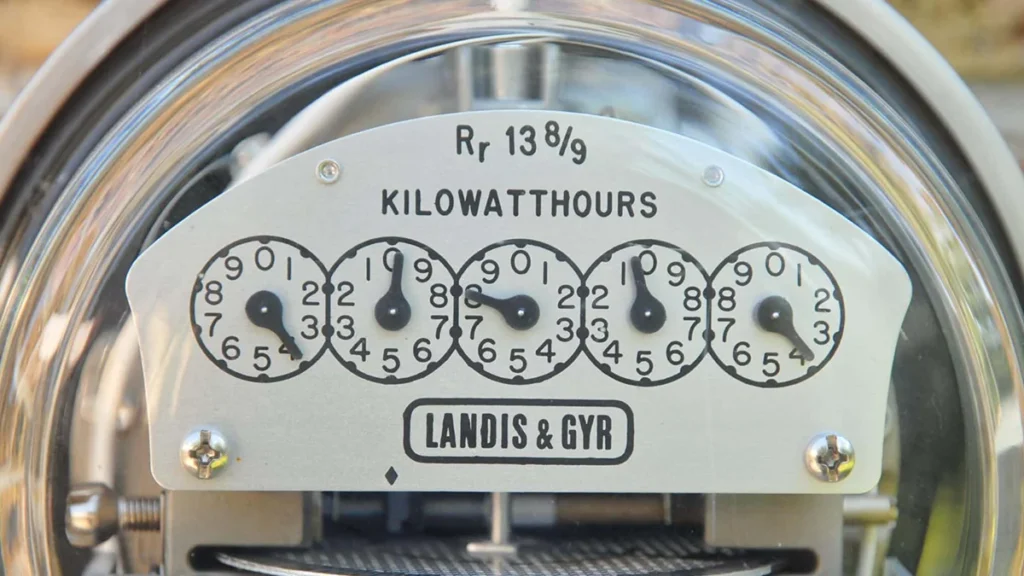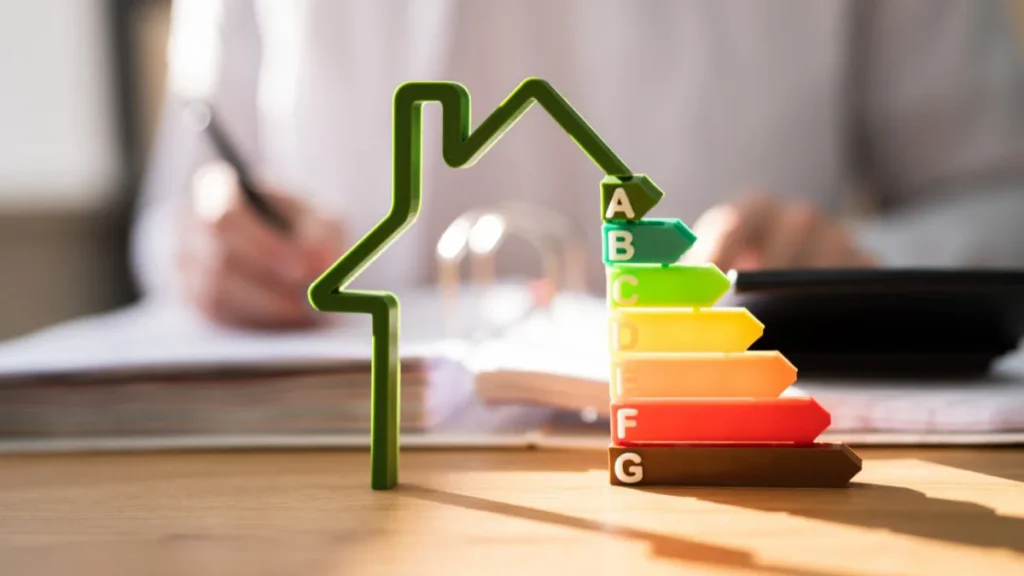All of us have received electricity bills, but what do the numbers on them mean? What is a kilowatt-hour (kWh)? How is it connected to power in kilowatts (kW)? These may seem like unnecessary technical details, but they play a significant role in our lives, directly affecting our budgets. Don’t know what a kilowatt-hour is? Get ready to pay more for electricity.
In this article, we will explain what a kilowatt-hour is, how to calculate it correctly, and how it differs from a kilowatt.
Earlier we wrote: What Is Azimuth and How to Determine It, How and in What Units It Is Measured
What Is a Kilowatt-Hour?
A kilowatt-hour is a unit of measurement for energy produced or consumed. It specifically calculates the amount of energy used or generated by an appliance over a certain period. The kilowatt-hour is critical because it is the basis for electricity billing. Check the value listed on your bill – utility companies calculate your consumption by the number of kWh used.
What Is a Kilowatt?
A kilowatt is a unit of power in the International System of Units (SI). One kW equals 1,000 watts (W), and 1 watt is the rate of work done when one joule of energy is transferred per second.
What does this mean in daily life? Practically nothing, for most people. Kilowatts are used to measure the power of electrical devices, engines, or installations. However, regular users are usually more concerned with energy consumption, which is measured in kWh.
What Is the Difference Between kWh and kW?
These terms are often confused, but they describe entirely different concepts:
- Kilowatt (kW): Instantaneous power, showing how much energy an appliance uses at a specific moment.
- Kilowatt-Hour (kWh): Total energy consumed by an appliance over a period of time.
Examples:
- A 60-watt light bulb running for 5 hours consumes 0.06 kW × 5 hours = 0.3 kWh.
- A vacuum cleaner rated at 1,600 watts (1.6 kW) consumes 1.6 kW × 1 hour = 1.6 kWh during an hour of operation.
Thus, for everyday users, understanding kilowatt-hours is essential, as this is the metric reflected in electricity bills.

How to Calculate Appliance Energy Consumption in Kilowatt-Hours
We’ve already covered some examples. To determine how much energy your appliance consumes, you need to know its power rating and operating time.
Formula: Energy = Power × Operating Time
For example
- If you use a washing machine with a power rating of 2 kW for 2 hours, the calculation is: 2 kW × 2 hours = 4 kWh. Multiply this value by the cost per kWh to find out how much running the washing machine costs.
In the same way, you can calculate the cost of other household appliances.
Microwave Oven:
- Power: 1 kW.
- Time: 30 minutes (0.5 hours).
- Energy: 1 kW × 0.5 hours = 0.5 kWh.
LED Bulb:
- Power: 10 W (0.01 kW).
- Time: 10 hours.
- Energy: 0.01 kW × 10 hours = 0.1 kWh.
Electric Kettle:
- Power: 2.2 kW.
- Time: 10 minutes (1/6 hour).
- Energy: 2.2 kW × 1/6 hour = 0.37 kWh.

How Kilowatt-Hours Are Used in Daily Life
Now that you understand a kilowatt-hour, it’s time to learn how to save them. Optimizing your home’s energy consumption is critical. Identify the appliances that use the most energy and consider replacing them with more efficient models over time.
Tips for Saving Energy:
- Choose Energy-Efficient Appliances: When purchasing devices, look for energy ratings. For example, A+++ refrigerators can use up to 40% less electricity than A-class models.
- Unplug Idle Appliances: Devices consume energy even in standby mode. While this may seem negligible in the short term, it adds up over time.
- Optimize Usage Modes: Use appliances on lower energy settings. For instance, washing clothes at 30°C consumes less energy than at 60°C.
- Install LED Bulbs: LED lighting uses up to 80% less energy than traditional incandescent bulbs.
- Time Your Electricity Usage: If your electricity provider offers variable rates, use energy-intensive appliances like washing machines at night when electricity is cheaper.
- Invest in Smart Home Systems: Automate and manage devices remotely to minimize unnecessary energy use.
Also read: How to Calculate a Percentage of a Number
What Is a Kilowatt-Hour – Video Explanation
Still have questions about kilowatt-hours? Watch this video for a detailed explanation:
Conclusion
We’ve covered what a kilowatt-hour is and how it differs from a kilowatt. While this may seem complex at first glance, understanding these concepts is key to managing your energy use effectively. Use these tips to save money and reduce your environmental impact.
Frequently Asked Questions About Kilowatt-Hour
A kilowatt-hour is the unit you’re billed for. Your energy provider calculates the kWh you use and multiplies it by the rate. Understanding this helps you assess your expenses.
Check the device’s power rating on its label or manual. Multiply the power by the operating time to get the energy consumed.
Add up the power ratings of all devices you use simultaneously. Ensure the total does not exceed your wiring’s capacity.
Yes, differences arise due to variations in operating time or power settings.
Yes, and it’s significant – LED bulbs consume much less energy than traditional incandescent bulbs, saving up to 2 kWh daily.












